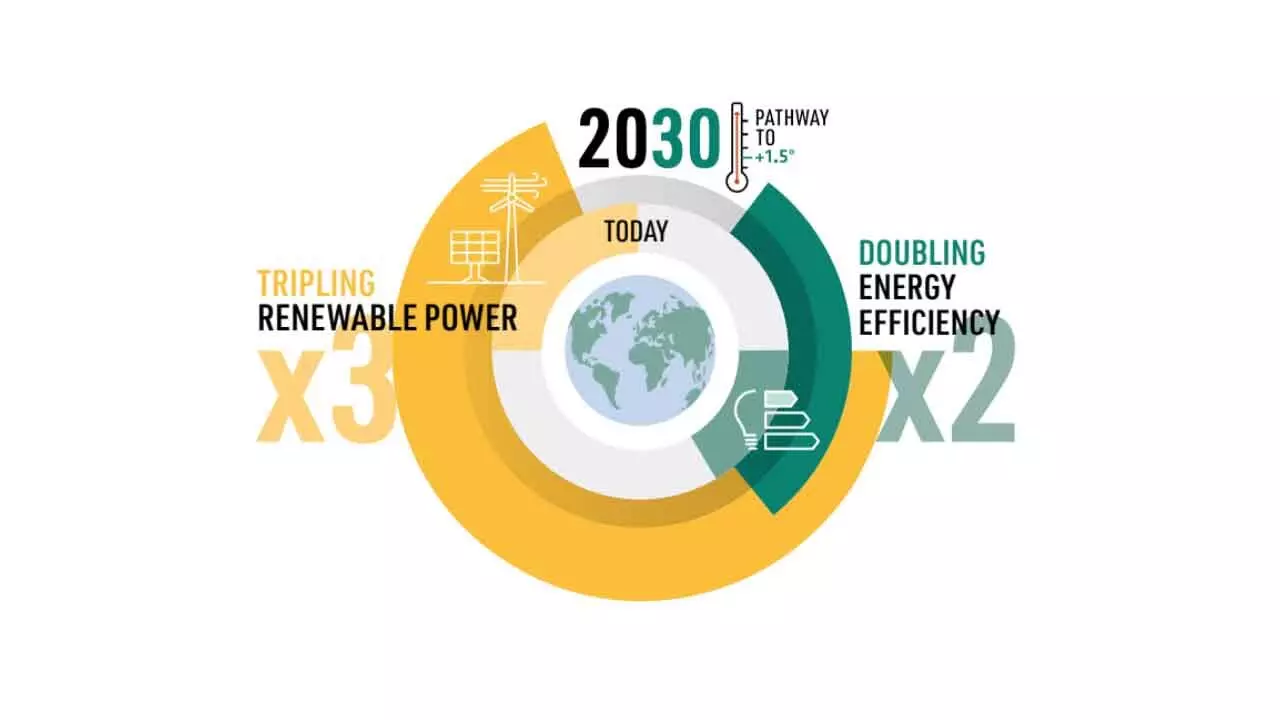A Fair Transition Can Nullify All Green Energy Hidden Costs
Grids have become a bottleneck for energy transitions but investment has been rising
A Fair Transition Can Nullify All Green Energy Hidden Costs

Avoiding inefficiencies and unexpected costs should be examined in every process of energy transition. One of the main factors of unforeseen costs is poorly designed systems, which can come from a large variety of sources
Global energy investment is set to exceed $ three trillion for the first time in 2024, with $two trillion going for clean energy technologies and infrastructure. Investment in clean energy has accelerated since 2020, and spending on renewable power, grids and storage is now higher than total spending on oil, gas and coal.
In 2015, the ratio of clean power to unabated fossil fuel power investments was roughly 2:1. The ratio is set to reach 10:1 this year. The rise in solar and wind deployment has driven wholesale prices down in some countries, occasionally below zero, particularly during peak periods of wind and solar generation. This lowers the potential for spot market earnings for producers and highlights the need for complementary investments in flexibility and storage capacity.
Investments in nuclear power are expected to pick up in 2024, with its share (nine per cent) in clean power investments rising after two successive years of decline. It is projected to reach $ 80 billion in 2024, nearly double the 2018 level, which was the lowest point in a decade.
Grids have become a bottleneck for energy transitions but investment is rising and spending is expected to hit $400 billion this year, driven by new policies and funding in Europe, the United States, China and parts of Latin America.
Investments in battery storage are ramping up and are set to exceed $50 billion in 2024. But spending is highly concentrated.
Investment in energy efficiency and electrification in buildings and industry has been resilient, despite the economic headwinds. But most of the dynamism in the end-use sectors is coming from transport, where investment is set to reach new highs in 2024 (+eight per cent compared to 2023), driven by strong electric vehicle (EV) sales.
The rise in clean energy spending is underpinned by emission-reduction goals, technological gains, energy security imperatives (particularly in the European Union) and an additional strategic element: major economies are deploying new industrial strategies to spur clean energy manufacturing and establish stronger market positions. Such policies can bring local benefits, although gaining a cost-competitive foothold in sectors with ample global capacity like solar PV can be challenging.
Policy makers need to balance the costs and benefits of these programmes so that they increase the resilience of clean energy supply chains while maintaining gains from trade.
In the United States, investment in clean energy is expected to increase to over $300 billion in 2024, 1.6 times the 2020 level and well ahead of the amount invested in fossil fuels. The European Union spends $370 billion on clean energy today, while China is set to spend almost $680 billion, supported by its large domestic market and rapid growth in the so-called “new three” industries: solar cells, lithium battery production and EV manufacturing.
With the large number of resources and funds being diverted towards renewable energy innovations, ensuring those resources are allocated properly is a must. Avoiding inefficiencies and unexpected costs should be examined in every process of energy transition. One of the main factors of unforeseen costs is poorly designed systems, which can come from a large variety of sources, such as poor geological conditions or inefficient power grid designs.
The human element of the transition should also not be forgotten. Attention needs to be paid to workers in the fossil fuels industries, such as oil workers, coal miners, and gasoline-car factory workers, whose livelihoods depend on these jobs. It is estimated that 2.7 million jobs related to fossil fuel industries globally will be lost. This does not mean that green energy should be abandoned, rather, a fair transition should be ensured for all.
Another cost to consider is the waste produced by renewable energy technology and its supporting infrastructure. The waste from renewables globally is expected to increase by 3,000 per cent for solar, 200 per cent for wind and 600 per cent for energy storage by 2030 from 2020. The waste would accumulate from the replacement of end-of-life systems. It was reported that Vietnam would potentially generate 3.1-3.5 million tonnes of solar PV waste and 1.5-5.1 million tonnes of wind turbine waste by 2050.
Over 90 per cent of renewable energy waste is recyclable and contains high-value minerals. However, the current issue with renewable energy waste is the lack of recycling infrastructure, making it economically unfeasible. Through investment, these challenges can be overcome, and a circular system of clean energy components can be created. Renewable energy recycling will be a large market, with solar alone estimated to be worth $2.7 billion by 2030.
By the end of 2050, it is expected that the ROI from the $131 trillion global investment in energy transition will be about $61 trillion.

